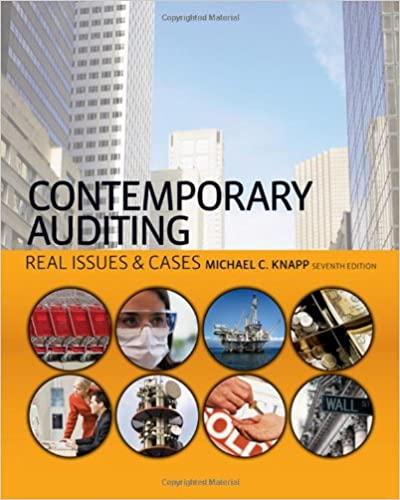Thy (KTC) is a financial consulting conpany that provides personalized financial. advice to its clients. As a basis for developing this tailored advising. KTC would like to seyment its into several representative groups based on key churacteristics. Peyton Blake, the director of KTC's flodging analytics division, plans to citablisb the set of representutive profiles based on 600 records in the file Each record contains data on age, geoder, anenal income, mantal status, number of children, whether the hasa car loan, and whethet the has a home morteage. KTCS marker rescatch staff has determined that these seven characteristics should form the basis of the clusterieg. Peyton has invited a sommer intem, Daney Riles, inte ber office so they can discuss bow to proceed. As they review the data on the coenpolet sereen, Peytoa's brow funrows as she realizes that this tak may not be trivial. The dati coetains both calegorical varibles (Female, Married, Car, and Mertgage) and numerical varisbles (Age, Income, and Childeen) 1 Using Manhantan distance to compute dissifmilarity between observations, apply hicratchical clastering on all seven variables, experimenting with using complete linkage and group average chanactersicics showil form the tosss of the cusvomos clustering. Peyton has imvited a sumaner intem, Danny Riles, into ber office so they can discuss bow to proceed. As they review the data on the computer screen, Peyton's brow furrows as sbe tealizes that this task may noe be trivial. The data contaits both catcgorical variables (Female, Married, Car, and Mortgage) and namerical variables (Agc, lacoese, and Caildrez). 1. Using Manhorun distance to compued dissinilarity between observations, apply hierarchical clustering on all seven variables, cxperimenting with using complete linkage and group avenge linkage. Normalize the valies of the inpot variables Recommend a set of eusiomet profiles (clusters). Describe these clusters according to their "average" clunscteristicx. Why might hieratchical clustering not be a good nethod to use for these seven variables? 2. Apply a twoisicp apreosch: a. Using matching distance to compute dissimilanty between observations, employ hicrarchical clustering with group average linkage to povduce four clustos esing the variables Fernals, Married, Loan, and Montgaze b. Based on the clusters from part (a), split the original 600 observations into four scqurate data sets as sugesested by the four clusters from part (a) For each of these four data setv apply k. values of the inpot variables. This will gencrate a tocal of eieht chusen. Describe theve eight clusters acsording to their "average" characteristics. What betofit does this two-step clustering approsch have over jus esing hierarchical chuteriog ca all seven variablas as in part (1) ot just using temesus clustering on all weven variables? What weakmets does it huve








